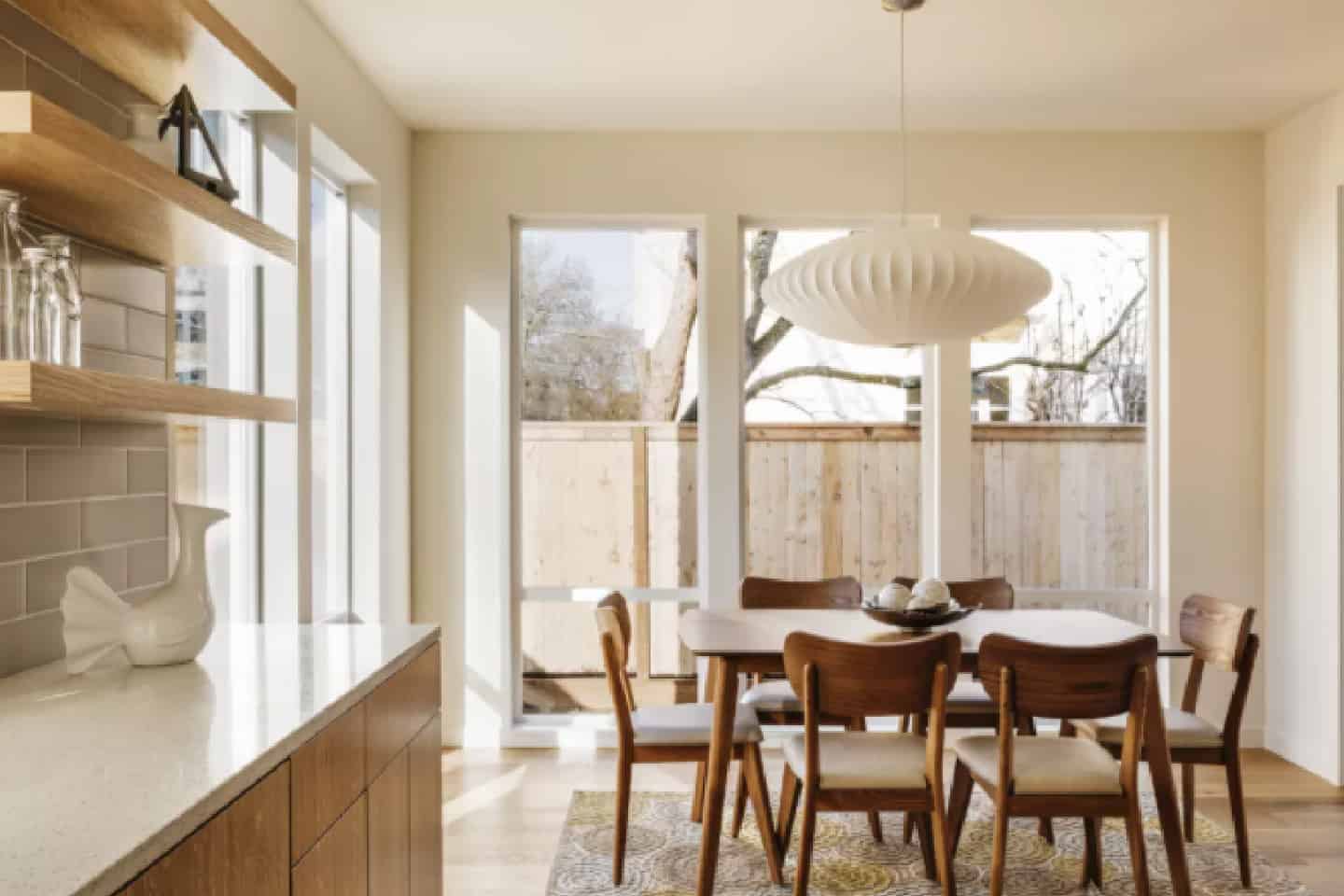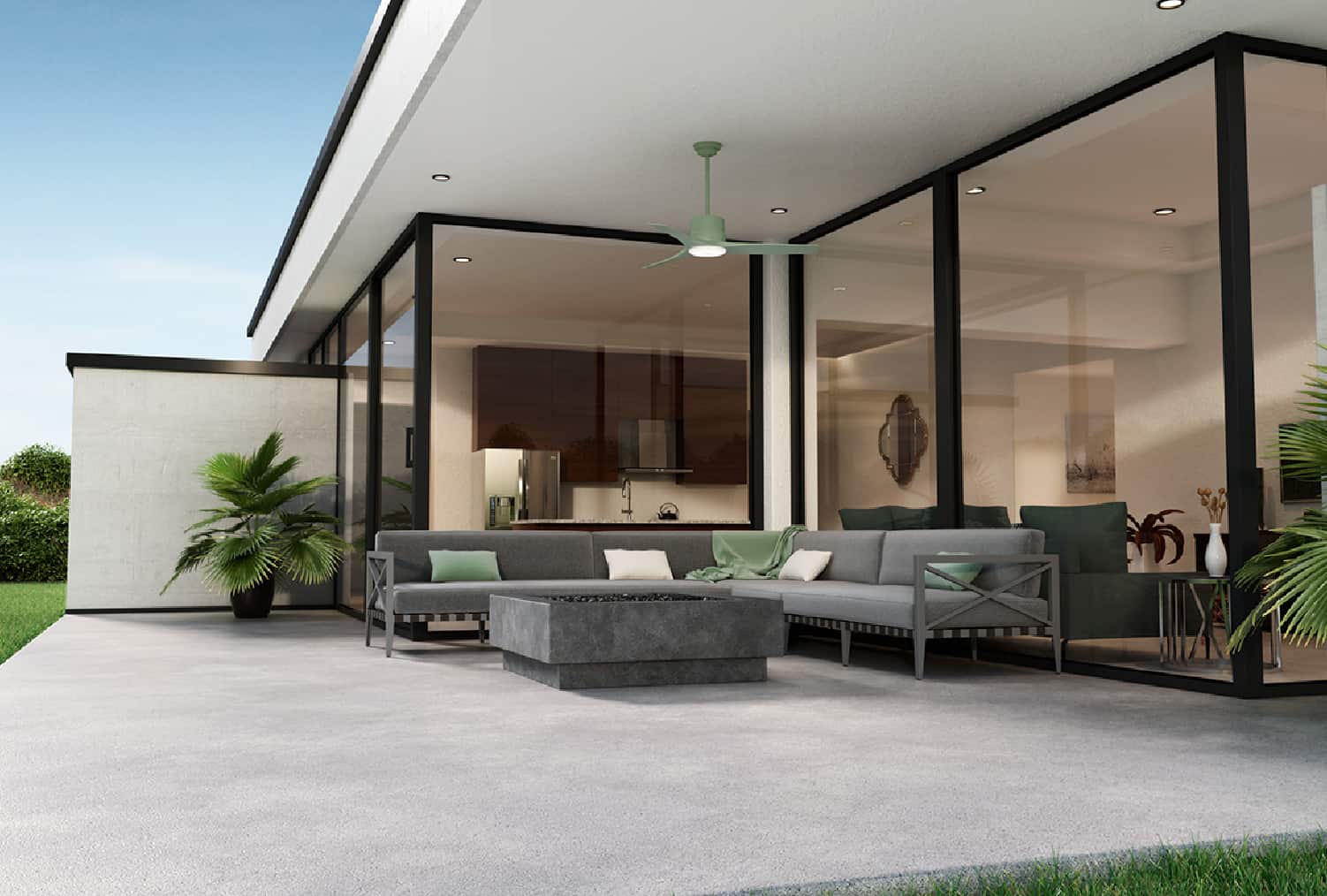
Mid-Century Modern Interior Design
By combining geometric shapes, clean lines, vivid colors and excellent craftsmanship, Mid-Century Modern remains a popular choice for anyone who appreciates vintage looks with a twist. It keeps a simple approach in its design, referencing chic styles from the 40s through 60s to create a sophisticated retro look for the modern age. Vibrant colors are used to complement these basic designs, and the use of geometric shapes and splayed legs add intriguing details to this throwback style.
Mid-Century Modern

What Is Mid-Century Interior Design?
Mid-Century Interior Design is a versatile and timeless style that takes inspiration from the trend-setting Mid-20th Century. A major focus in this design concept is the use of clean lines and geometric shapes, with an emphasis on functionality. It draws heavily on modern and Scandinavian designs, identified by its generous use of natural materials, from raw to synthetic, with wooden pieces being particularly favored. The simplistic beauty of mid century modern interior design comes from the organic shapes and vintage furniture pieces that seamlessly blend comfort with style. Incorporating Mid-Century Interior Design into a home results in an aesthetically pleasing combination of modern designs and vintage pieces. This style breathes life into the home with a mature color scheme, boldly expressing itself through primary colors, bright tones, and muted shades like olive green and blush pink.

Rich, Artisanal Design
One notable feature of this design is the use of statement and artisanal pieces, like the angular cocktail table or the Danish chairs, which subtly elevate the style quotient. Another distinguishing characteristic is its minimalist decor, which pairs with multipurpose furniture and handcrafted pieces custom to the period. From a simple wooden table to an awe-inspiring slatted wood credenza, every piece of furniture has a tale to tell. A Mid-Century Modern interior, rich with its sleek lines and simple basics, perfectly encapsulates simplicity, functionality, and the unmistakable charm of the time.
The History of Mid-Century Interior Design
The mid-century modern design movement, also widely known as the mid-20th century, was a celebrated era in the history of American design, architecture, and urban development. It emerged in the post-World War II period of the 1940s and had its heyday from the 1950s to the mid-1960s. This period marked both a cultural and design revolution, profoundly influencing multiple aspects, including interior design, architecture, and furniture. Notably, mid century interior design was characterized by clean lines, simple forms, an emphasis on functionality, and an integration of nature. Geometric shapes and bold colors were often juxtaposed with natural materials and muted colors, creating a vibrant yet peaceful aesthetic that spoke to the zeitgeist of the time.
Many mid-century interior designs could be easily identified by their distinct elements, such as wood veneer, slatted wood credenza, accent material, and iconic modern furniture pieces. Even color was used thoughtfully, with blush pink, olive green, and a clear focus on primary colors dominating the interior color scheme. The mid-century design movement was indeed a transformational period in the 20th century that set an enduring benchmark in American design history. It did not merely represent a style or design trend. However, it was, and still is, a reflection of a lifestyle and philosophy that values simplicity, functionality, and a deep connection with nature.
FEATURED BRANDS
Other Styles
Not sure what your style is?
Showroom Locations
Visit a Showroom
With more than 25 Coburn’s Showroom locations across a five-state footprint, there’s likely a location near you. Visit one of our showrooms today, and get started on your next design endeavor.
2025 Fall Lookbook
Dare to Dazzle?
From rich gem tones to decadent details that shine, our Fall 2025 Lookbook is here with the latest trends to make your space sparkle this season and beyond.
VIEW THE LOOKBOOK











